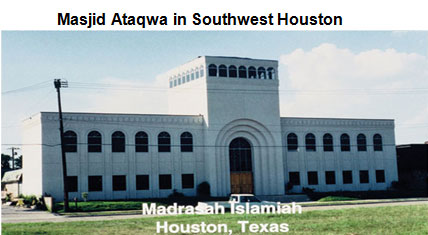The Asian and Asian-American population is a rapidly growing segment of the population. As more Asian immigrants come to Texas, they contribute elements of their culture to the ever-changing Texan identity.
The first Asian immigrants to come to Texas were Chinese. The first Chinese immigrants came in the late 1800s when the railroad companies began to build in Texas. The Chinese contract workers, mainly men, stayed in Texas temporarily. Most of these immigrants were forced to leave after the federal Chinese Exclusion Act of 1882. Restrictions against Chinese immigrants were not lifted until after the end of World War II.
At that point, Chinese immigrants began to move to Texas where many opened successful businesses. Others worked as doctors and engineers. In every community in which they lived, Chinese immigrants kept their traditions; Texans of other ethnicities observe many of their food and celebrations.
![]() Watch the video below to see a glimpse into a Chinese tradition, the Chinese Lunar New Year. Texans of all ethnicities attend the performances. Firecrackers, a Chinese product, are used to celebrate the Chinese Lunar New Year much like Texans celebrate New Year’s Eve.
Watch the video below to see a glimpse into a Chinese tradition, the Chinese Lunar New Year. Texans of all ethnicities attend the performances. Firecrackers, a Chinese product, are used to celebrate the Chinese Lunar New Year much like Texans celebrate New Year’s Eve.
Source: Lunar New Year Houston 2013, LYNHouston, YouTube
Chinese food restaurants can be found in almost every community in Texas. In Southwest Houston, an entire mall was created to serve the needs of Chinese and other Asian immigrants.

Source: inside HK, Hong Kong City Mall
The Asian influence on the Texan identity comes not only from the Chinese, but also from other Asian cultures. The 20th and 21st centuries brought many Asians who were attracted to the educational and career opportunities that Texas holds.
The Asian-Indian population has increased more than 100 percent in Texas since 2000. The availability of professional jobs in Houston and Dallas has contributed to the increase. In communities where Asian Indians live, places of worship can be found. Many Asian Indians are followers of Hinduism, Buddhism, and Sikhism.
There are some Asian Indians and other Asians who are Muslim, and many of them worship in elaborate mosques. These places of worship can be found in many cities across Texas.

Source: Waqservice3, North American Islamic Trusts
There are other Asian immigrants who have immigrated to Texas. Texans can see their contribution to the Texan identity in the restaurants, business offices, or places of worship that this group of immigrants has created. There are also many festivals and celebrations.
Answer the following questions in your notes.
Interactive popup. Assistance may be required.
Most Asian immigrants were attracted to educational and career opportunities in Texas in the 19th and 20th centuries.
Interactive popup. Assistance may be required.
Texans may visit local restaurants, businesses, and public events that feature the Asian culture.
In this lesson, you learned how ethnic and racial groups have contributed to the Texan identity. Cultural elements from various ethnic groups have become a part of the overall culture of Texas. These groups have also maintained their own cultures while becoming a part of the overall Texas identity.